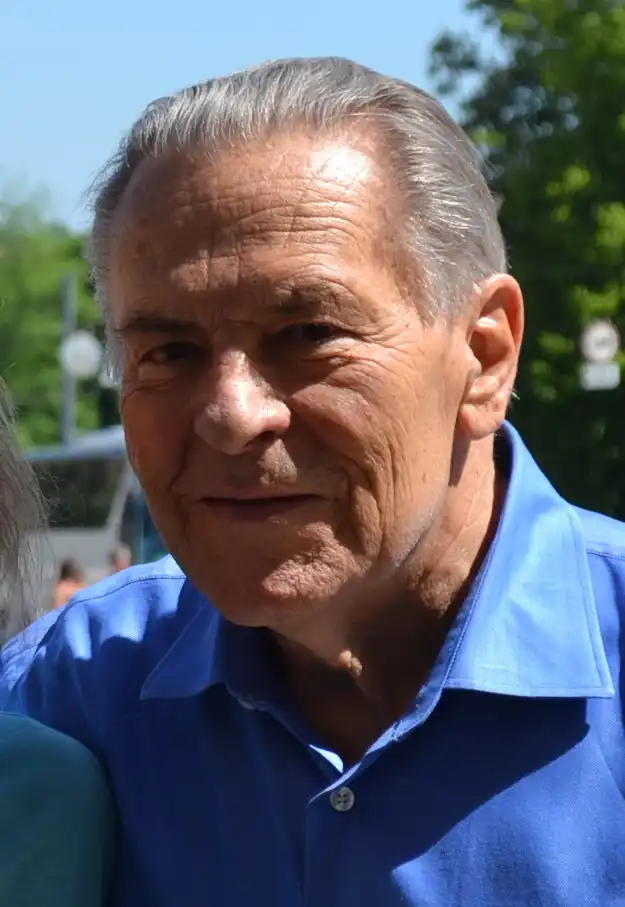Early Life and Education
Stanislav Grof was born on July 1, 1931, in Prague, Czechoslovakia (now the Czech Republic). Growing up in a country shaped by political upheaval and cultural richness, Grof developed an early interest in science and the workings of the human mind. He pursued medical studies at Charles University in Prague, where he earned his MD in 1956. His fascination with the human psyche led him to specialize in psychiatry, and he completed his PhD in Medicine at the same institution.
Professional Beginnings and Psychedelic Research
In the late 1950s and early 1960s, Grof’s career took a pivotal turn when he began working with LSD in clinical research. Inspired by his own profound experiences with the substance, he explored its potential for treating mental health issues and uncovering deeper layers of the human psyche. His early work at the Psychiatric Research Institute in Prague was groundbreaking, demonstrating how psychedelics could facilitate therapeutic breakthroughs and offer insights into the nature of consciousness.
Emigration to the United States and Further Research
In 1967, Grof moved to the United States to continue his research at the Maryland Psychiatric Research Center and later at the Esalen Institute in Big Sur, California. At Esalen, he became a central figure in the human potential movement, which sought to explore and expand the boundaries of human consciousness. It was during this period that Grof, along with Abraham Maslow and others, developed the field of transpersonal psychology. This new discipline integrated insights from psychology, spirituality, and the study of altered states of consciousness.
Holotropic Breathwork
After the prohibition of LSD and other psychedelics in the late 1960s, Grof and his wife Christina developed Holotropic Breathwork as an alternative method for achieving altered states of consciousness. This technique combines accelerated breathing with evocative music and focused bodywork to facilitate deep psychological and spiritual experiences. Holotropic Breathwork has since become a widely practiced method for self-exploration and healing.
Key Publications
Grof’s extensive body of work includes numerous books and articles that explore the intersections of psychology, spirituality, and consciousness. Some of his most notable books include:
- “Realms of the Human Unconscious: Observations from LSD Research” (1975) – This book presents Grof’s early findings from his clinical work with LSD, detailing the various realms of the unconscious mind that can be accessed through psychedelics.
- “Beyond the Brain: Birth, Death, and Transcendence in Psychotherapy” (1985) – In this work, Grof outlines his expanded cartography of the human psyche, including the perinatal and transpersonal dimensions.
- “The Holotropic Mind: The Three Levels of Human Consciousness and How They Shape Our Lives” (1992) – Co-authored with Hal Zina Bennett, this book explores the concept of the holotropic mind and its implications for personal growth and healing.
- “The Stormy Search for the Self: A Guide to Personal Growth through Transformational Crisis” (1990) – Co-authored with Christina Grof, this book offers guidance for individuals undergoing intense personal and spiritual crises.
- “Spiritual Emergency: When Personal Transformation Becomes a Crisis” (1989) – Co-edited with Christina Grof, this compilation brings together contributions from various authors discussing how intense spiritual experiences can sometimes lead to psychological crises, offering perspectives and guidance on navigating these “spiritual emergencies.”
Views on Spirituality
Stanislav Grof’s views on spirituality are deeply intertwined with his understanding of the human psyche and consciousness. He believes that spirituality is an essential aspect of human experience that transcends individual religious traditions. According to Grof, spiritual experiences provide access to a higher reality and a deeper understanding of existence.
Grof’s research into altered states of consciousness, whether through psychedelics or Holotropic Breathwork, revealed that these states often lead to profound spiritual insights and transformations. He identified common elements in these experiences, such as the dissolution of the ego, encounters with archetypal beings, and feelings of unity with the cosmos. For Grof, these experiences are not mere hallucinations but genuine encounters with a deeper, spiritual reality.
He argues that acknowledging and integrating these experiences can lead to significant personal growth, healing, and a greater sense of connection to the universe. Grof emphasizes that spirituality should be approached with openness and curiosity, allowing individuals to explore and find their own paths rather than adhering strictly to dogmatic beliefs.
Legacy and Influence
Stanislav Grof’s contributions to psychology and spirituality have had a lasting impact on both fields. His work has paved the way for the modern resurgence of interest in psychedelic research and the therapeutic potential of altered states of consciousness. Through his teachings, writings, and the practice of Holotropic Breathwork, Grof has helped countless individuals explore the depths of their minds and the expanses of their spiritual experiences.
One significant aspect of Grof’s legacy is the establishment of the Spiritual Emergency Network (SEN). Founded in 1980 by Grof and his wife Christina, SEN provides support, resources, and guidance for individuals undergoing intense spiritual experiences or crises. This network serves as a vital community for those navigating “spiritual emergencies” and has contributed to greater awareness and understanding of these transformative experiences.
Grof’s influence extends beyond his own research and teachings, shaping the work of therapists, psychologists, and spiritual seekers around the world. His holistic approach to healing and his emphasis on the interconnectedness of mind, body, and spirit continue to inspire individuals on their journeys of personal growth and transformation.







